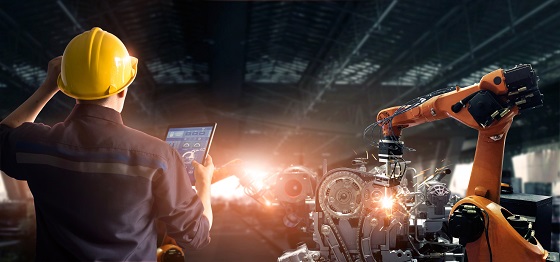The global industrial robotics market is estimated to account for US$ 69.1 Mn in terms of value, growing at a CAGR of 6.4% during forecast 2020-2027, according to Coherent Market Insights (CMI).
An industrial robot is an automatically controlled, multipurpose, reprogrammable device with three or more axes. Typical applications of industrial robots include painting, welding, assembly, palletizing, ironing, product inspection, testing, pick and place, and others with precision, speed, and high efficiency. There are different categories of industrial robots including SCARA robots, Cartesian robots, human-assist robots, gantry robots, and articulated arm robots. Industrial robots evolved over the years and have become far more efficient and accurate than their predecessors. Industrial robots enable humans to focus on a more critical part of the work such as R&D..
Market drivers
Rapid growth of automation across the electronic and automotive sectors in Asia Pacific is expected to accelerate growth of the global industrial robotics market during the forecast period. Proactive initiatives by the government is expected to boost the global industrial robotics market growth over the forecast period.
Market Opportunities
Increasing automation in the electronics industry can present significant business opportunities in the global industrial robotics market. Advent of cobots can offer major market opportunities in the global industrial robotics market.
Market Trends
Increasing use of industrial robotics in the pharmaceutical sector is a key trend. The pharmaceutical sector is witnessing a massive shift in overall functioning with the advent of novel technologies such as artificial intelligence, Big Data, and industrial robotics. Many pharmaceutical companies have started adopting these technologies to further their R&D activities and boost production. Industrial robotics can be used in packaging and inspection, which saves workers from hazardous environments, repetitive tasks, eliminates human errors, and also potential human contamination.
Growing adoption in the food and beverage industry is another key trend. Many companies in the food and beverage sector are increasingly adopting industrial robotics to replace human intervention, reduce labor costs, and prevent human contamination. Key manufacturers in the robotics industry are focused on introducing specialty robots for the food and beverage sector, in order to accelerate production. For instance, in October 2018, ABB launched a new robotic system for the food and beverage industry at PackExpo in Chicago, U.S.

